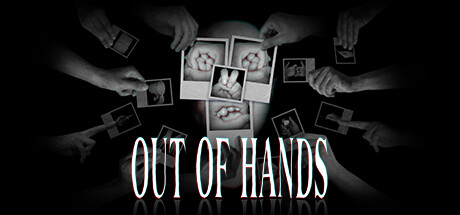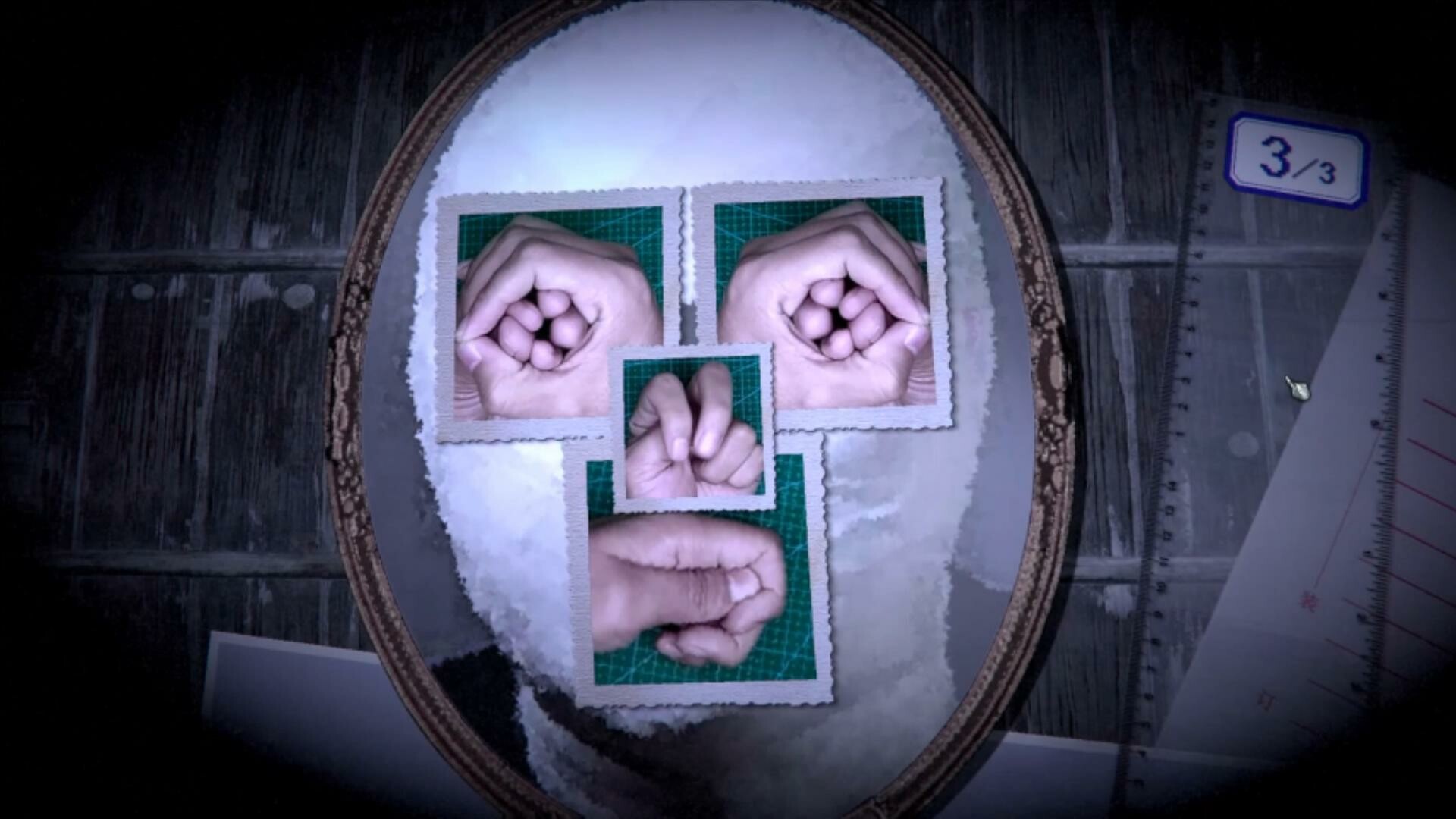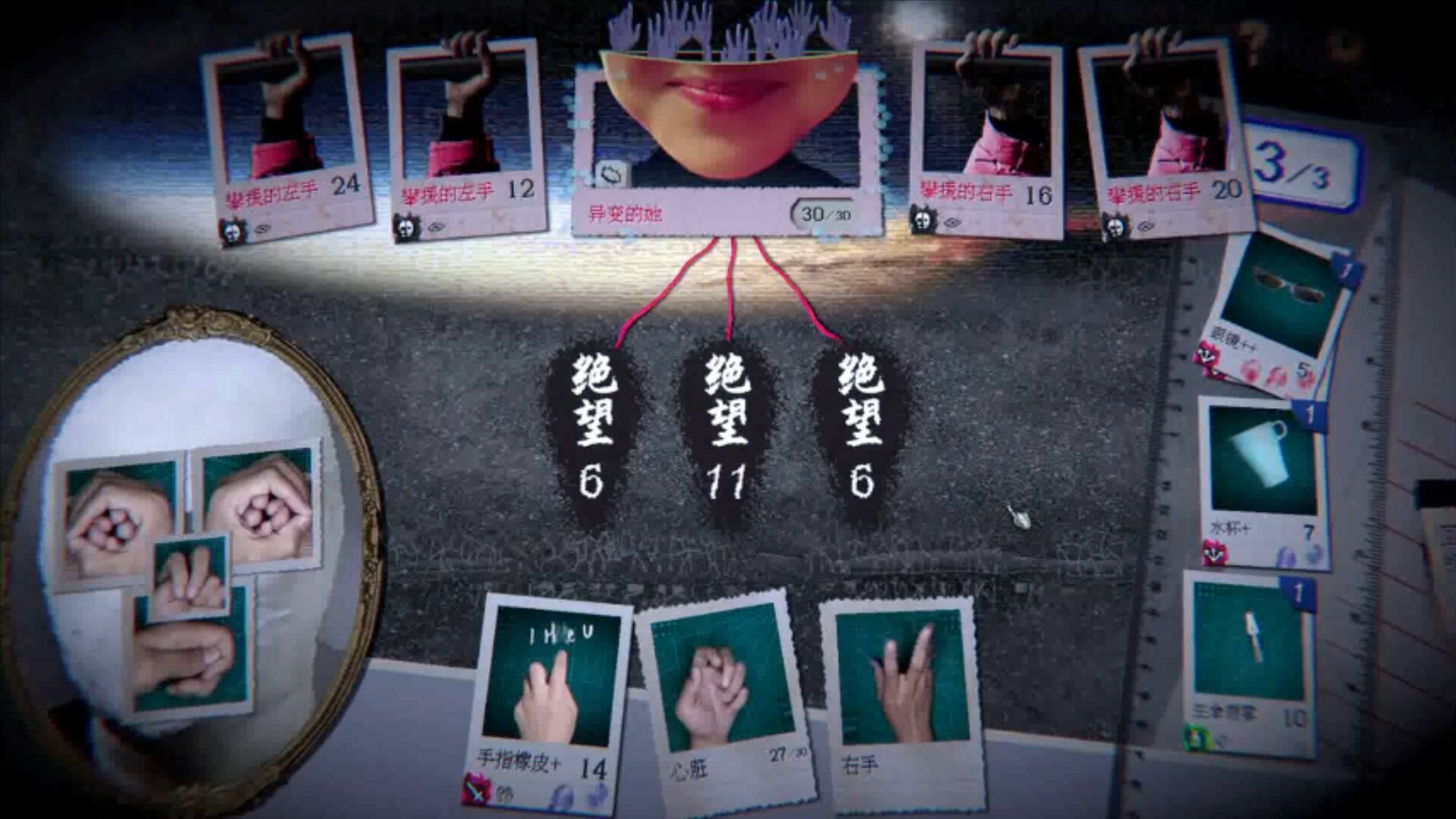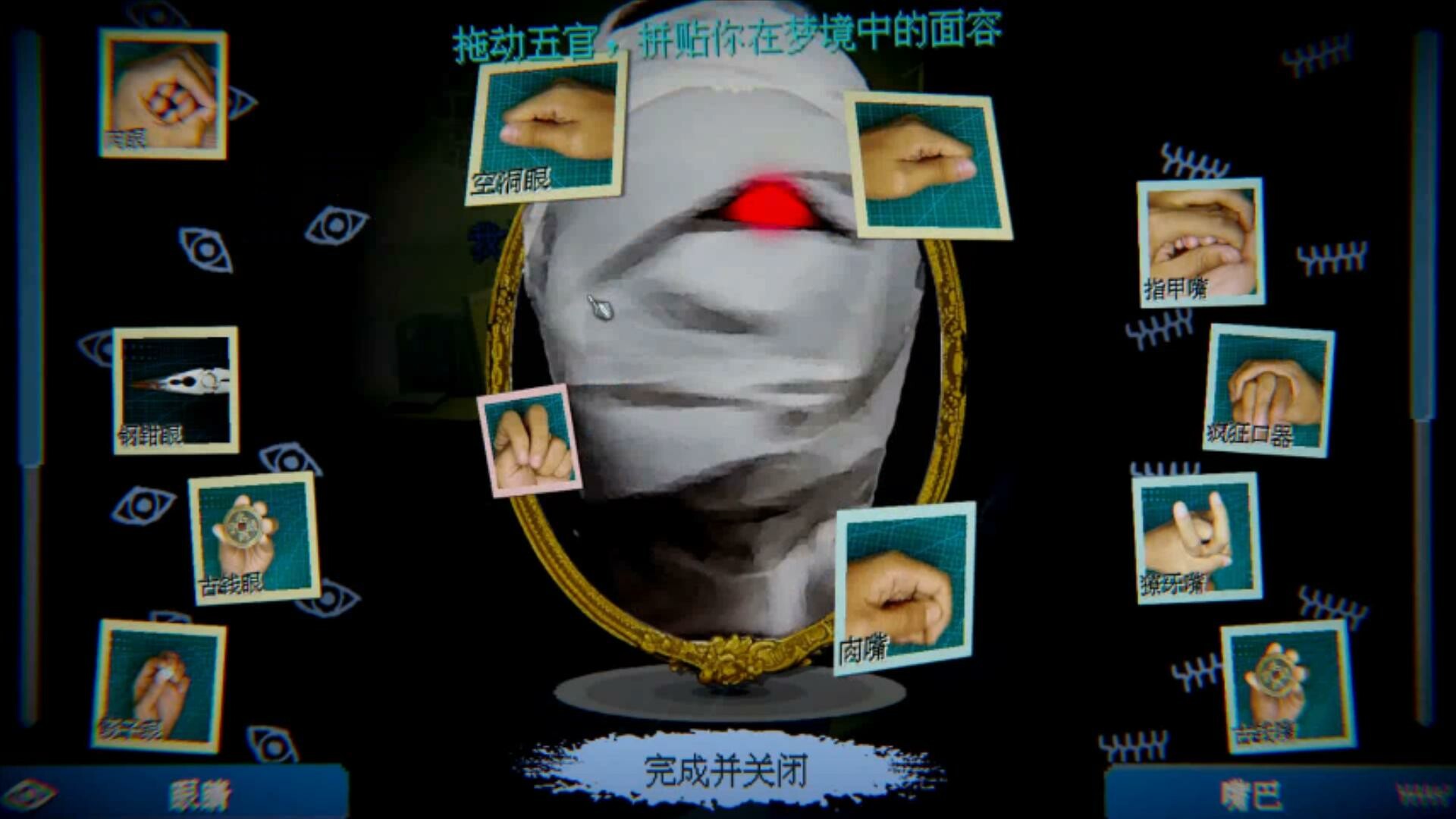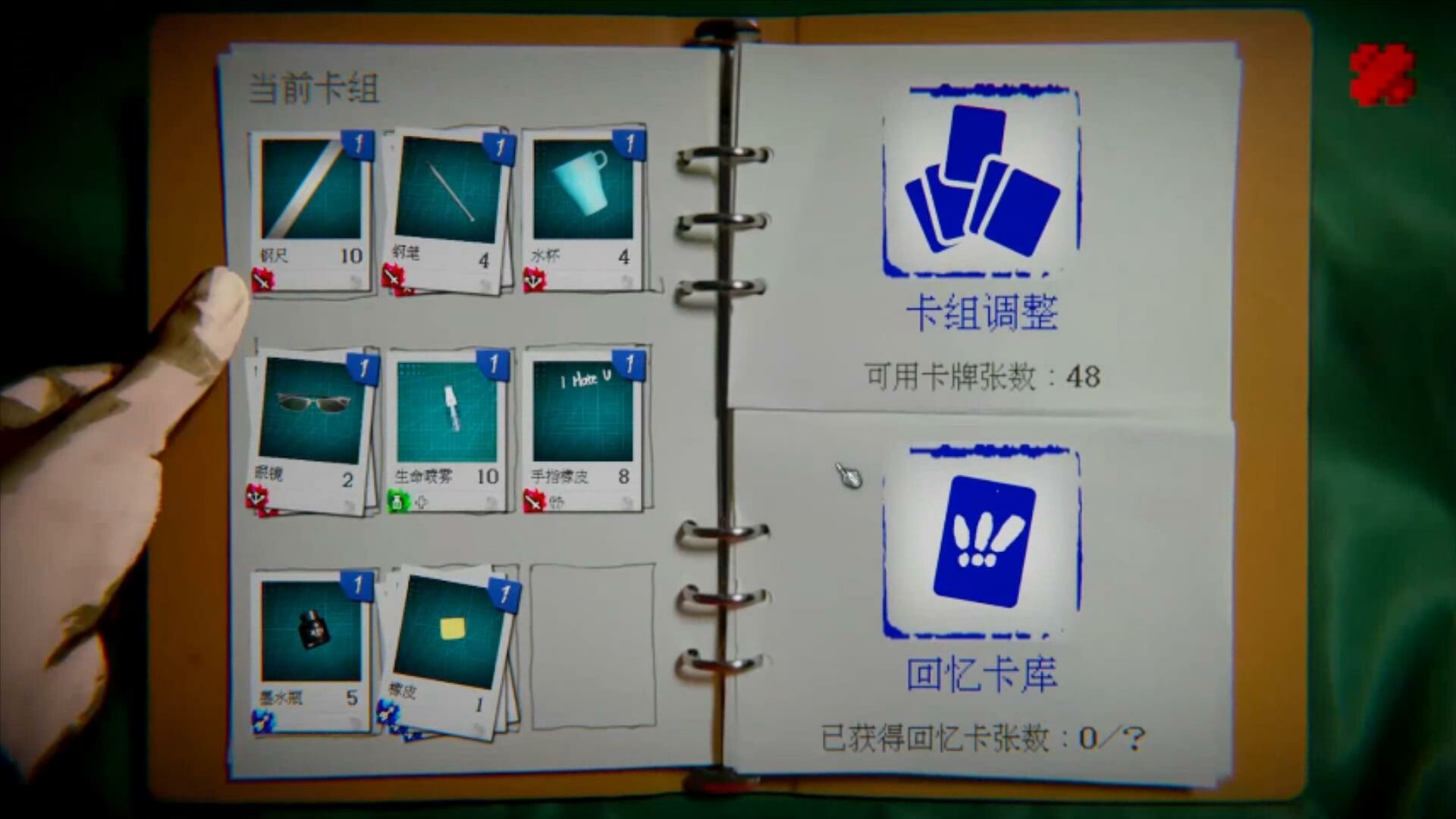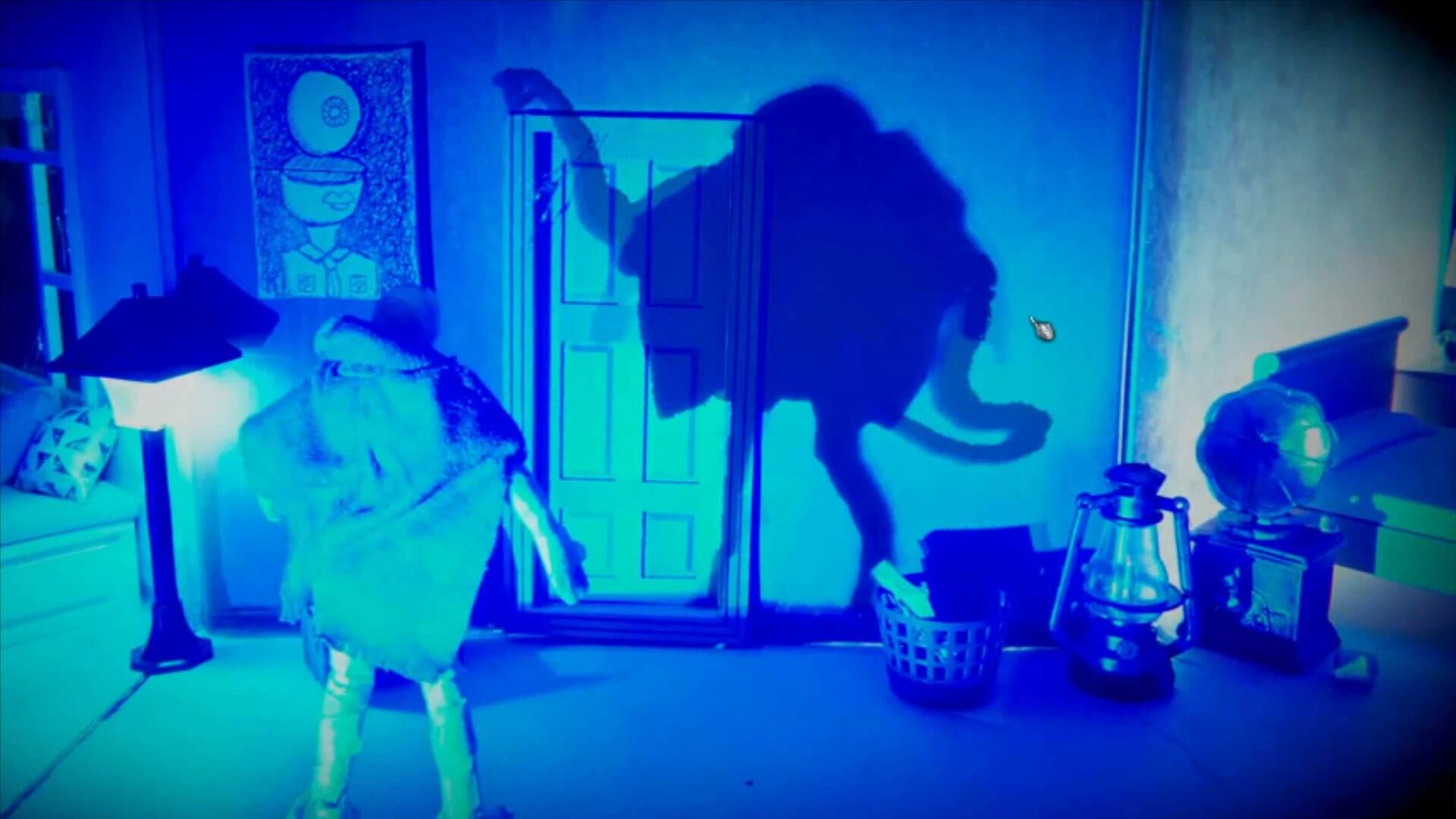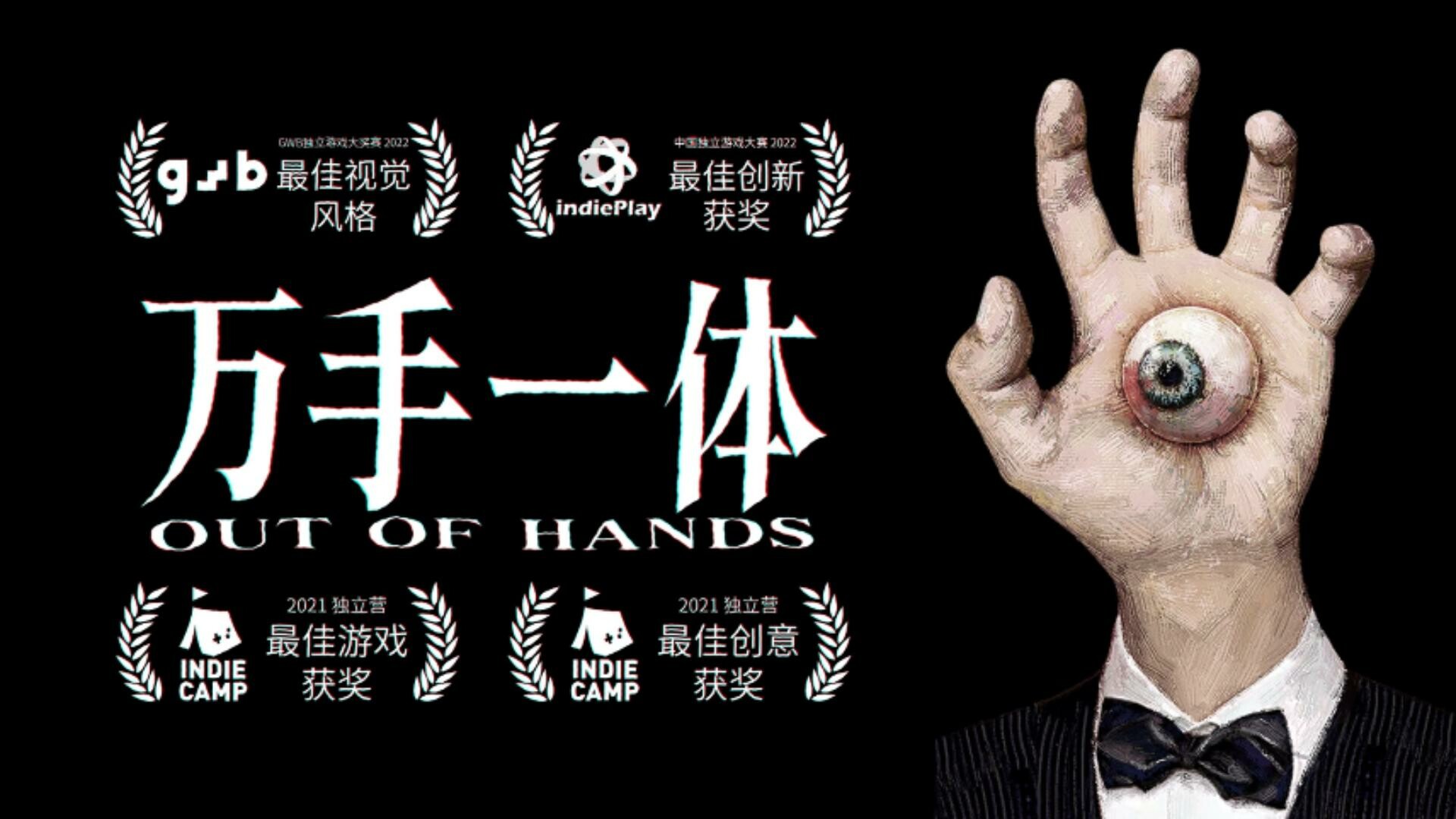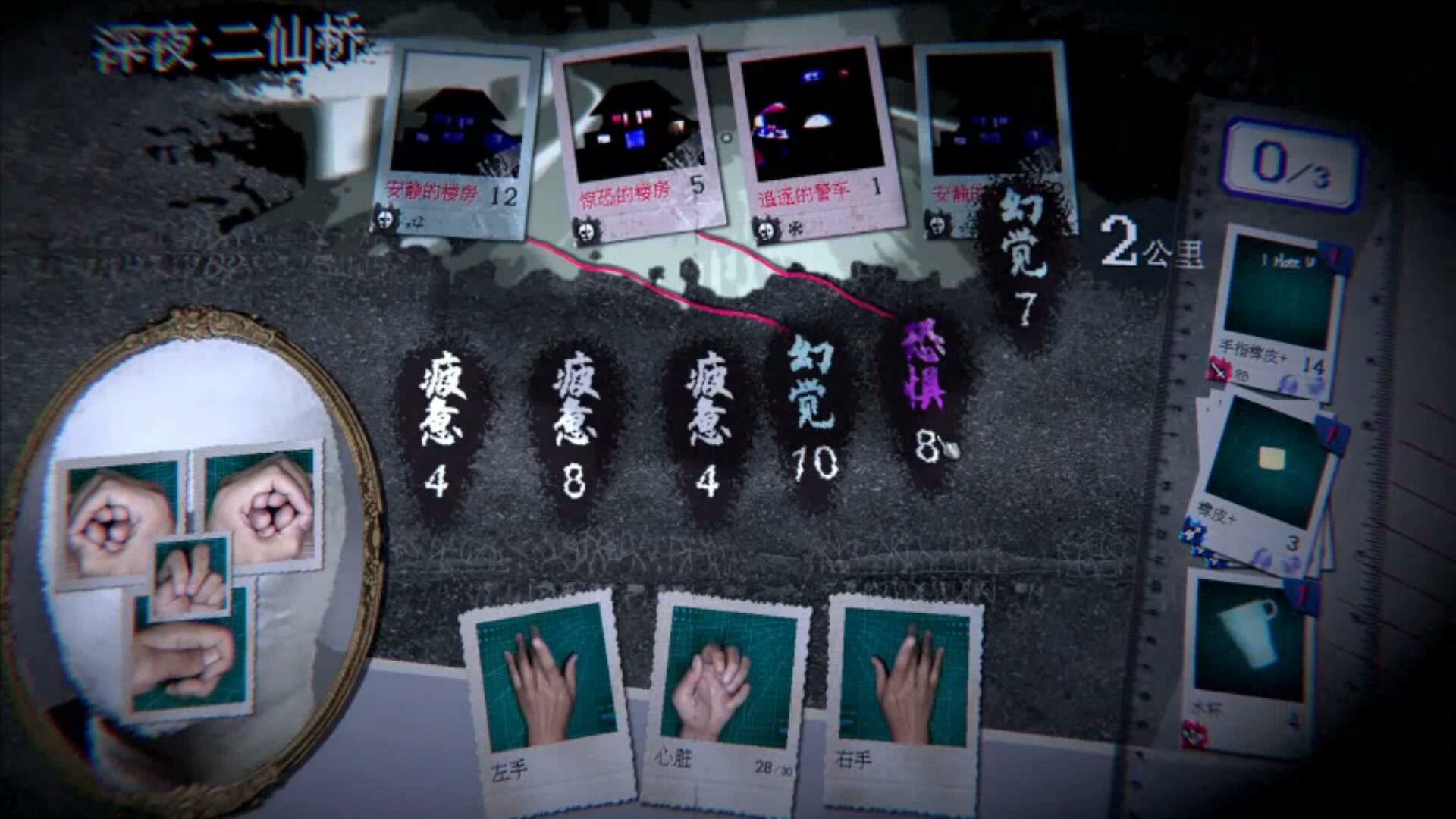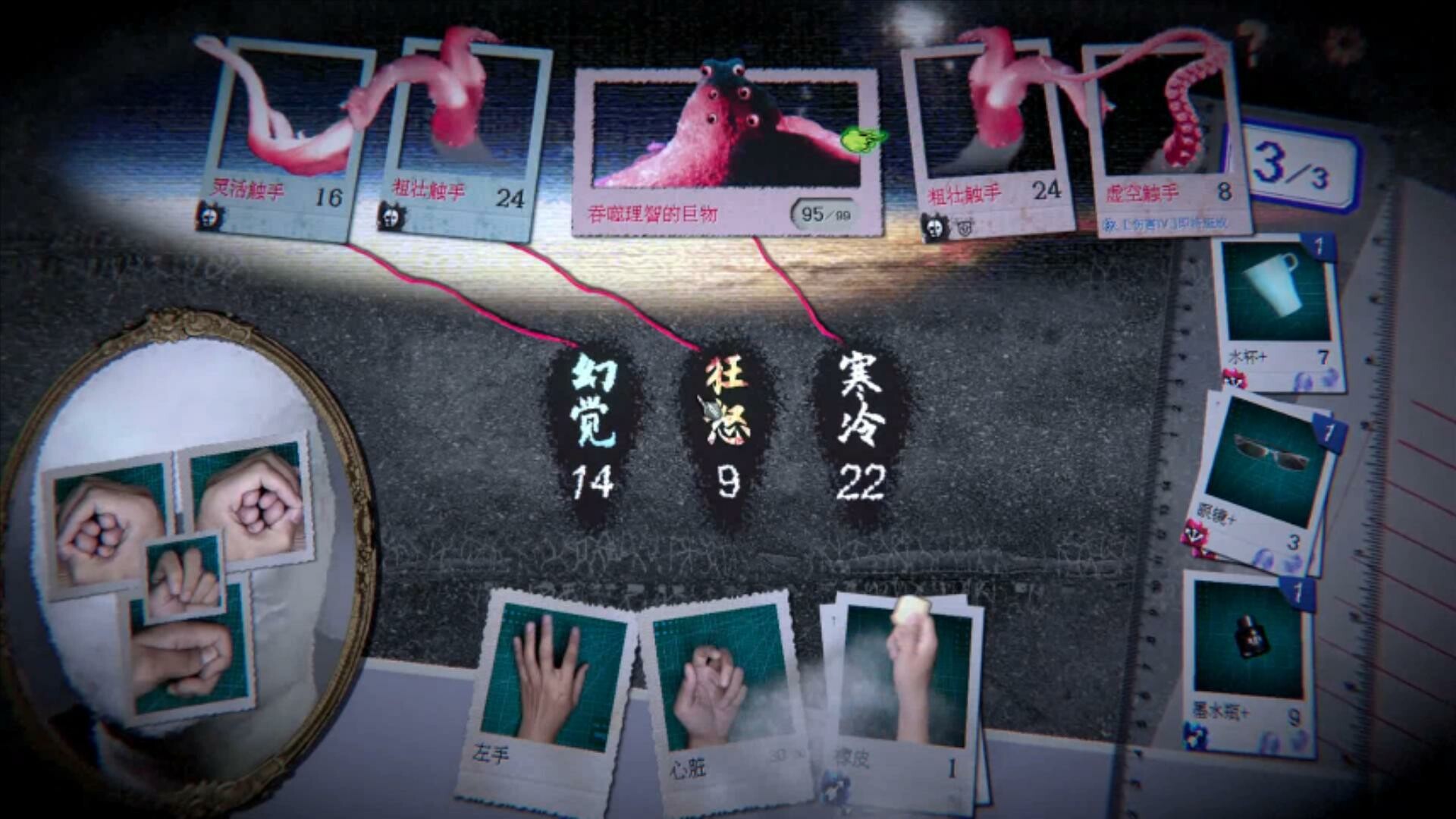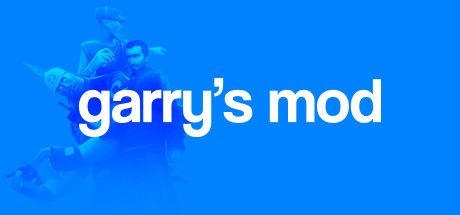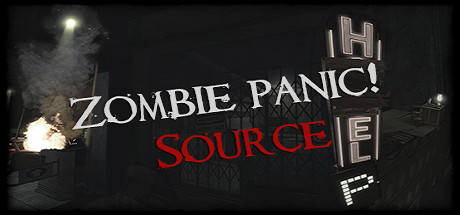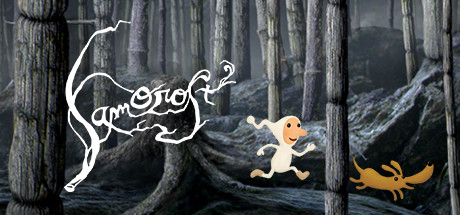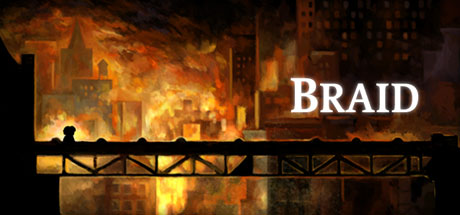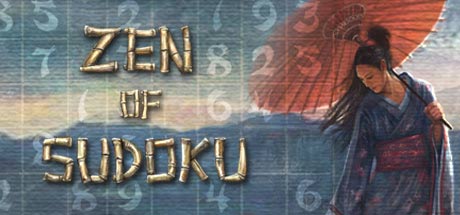Out of Hands is a thriller that blends card game, video collage and psychological horror. The game aims to provide an intriguing and spine-chilling experience that leads you to combat the mental struggles and retrieve the lost memory.
7 Players in Game
1 387 All-Time Peak
89,21 Rating
Steam Charts
7 Players in Game
1 387 All-Time Peak
89,21 Rating
At the moment, Out Of Hands has 7 players actively in-game. This is 0% lower than its all-time peak of 1 361.
Out Of Hands Player Count
Out Of Hands monthly active players. This table represents the average number of players engaging with the game each month, providing insights into its ongoing popularity and player activity trends.
| Month |
Average Players |
Change |
| 2025-08 |
11 |
-33.51% |
| 2025-07 |
16 |
-15.53% |
| 2025-06 |
19 |
-80.57% |
| 2025-05 |
102 |
-79.2% |
| 2025-04 |
493 |
0% |
1 058 Total Reviews
1 002 Positive Reviews
56 Negative Reviews
Very Positive Score
Out Of Hands has garnered a total of 1 058 reviews, with 1 002 positive reviews and 56 negative reviews, resulting in a ‘Very Positive’ overall score.
Reviews Chart
Chart above illustrates the trend of feedback for Out Of Hands over time, showcasing the dynamic changes in player opinions as new updates and features have been introduced. This visual representation helps to understand the game's reception and how it has evolved.
Recent Steam Reviews
This section displays the 10 most recent Steam reviews for the game, showcasing a mix of player experiences and sentiments. Each review summary includes the total playtime along with the number of thumbs-up and thumbs-down reactions, clearly indicating the community's feedback
Playtime:
751 minutes
i got to stab a street light. goty
👍 : 0 |
😃 : 0
Positive
Playtime:
821 minutes
a weird and wacky cheese fest that's surprisingly spooky at times!
Fun and surprisingly deep gameplay, a compelling (if bewildering) story with a great sense of humour and commitment to B-horror tropes
I reccomend this to anyone who, like me, enjoys the "idea" of horror but in practice rarely enjoys it.
I don't feel any particular compulsion to play again to unlock the other endings, but if you're the sort of person who likes that playstyle then this is good for that too
👍 : 0 |
😃 : 0
Positive
Playtime:
1084 minutes
The story can be summarized as a surreal, dream-like descent into a person's unraveling, revolving around themes of obsession, grief, and loss.
What stood out the most to me was the game’s visuals, art direction, and overall presentation. It’s a chaotic but cohesive blend of different mediums—stop motion, collage-style photos, rough 2D drawings for the maps, and more. My personal favorites are the small, gif-like animations for your artifacts, eyes, and mouths. It's also interesting that it's like body horrer but in an kind of quirky, almost goofy way.
The game also stands out with its unique take on card-based combat. For example, it uses a familiar three energy per turn combat system, but the twist is that the energy is used to arm yourself, not attack. That way you can hold onto some of the artifacts (which I guess you can say are like the cards) for the right moment or you can use them immediately. The enemy system is something I haven’t seen in other games too. The "Main enemies" sit in the upper row with the actual boss being the one in the middle. They spawn "emotions," smaller enemies in the middle row that are linked to the main ones. This usually blocks you from targeting the top directly, and adds a nice layer of strategy to go about defeating them. You can use ranged attacks to take out the main threats, which also clears their mid-tier connections, or focus on the mid-row enemies, which in some cases can do things like transfer excess damage up to their source. It's also really satisfying defeating the boss while all the others enemies remain as it creates a bit of a small chain reaction as its defeated. I also like the creativity on the unique effects on some artifacts, like the scissors being able to flip between open for a sweeping (aoe) attack and closed for an ranged attack. I also like that the nightmare level and the matches mechanic allows you to make the more challenging when you feel like it without any frustration as you can turn it down when it gets too hard.
Also, the game has multiple endings, but I appreciate that the dev made it very easy to switch to doing other endings without having to play the whole game over again.
I do want to address something some others have mentioned—the use of AI in the game. From what I’ve heard, AI was only used in very small, specific areas. Personally, I do think it's a bit of a shame that it does. I think the dev was more than capable enough to create the assets themselves. But considering this entire game was made by a single indie developer, it’s honestly impressive how much was accomplished, and it’s understandable there might have been some challenges that led them to decide to use AI. That said, I also feel like the usage was so very minimal that it shouldn't deter you from enjoying all the great things the game has to offer. There’s genuine quality and dedication in this game, such as the entire claymation set that was hand-made for the main menu. It's so well done I keep forgetting it is the main menu and not some hub world. So please don’t let the use of AI subtract from all the merits the game has.
👍 : 1 |
😃 : 0
Positive
Playtime:
208 minutes
Weird, Distorting, and Satisfying. That's how I describe this game from how much I've played it so far. The combat is very nice with what combos you can come up with and how you can mix-match your face to make either a defensive machine or a ruthless powerhouse. I respect the creator for putting up with 14 years of development. Truly a gem.
👍 : 1 |
😃 : 0
Positive
Out Of Hands Minimum PC System Requirements
Minimum:- OS *: Windows 7
- Processor: Intel Pentium IV 2.6 GHz or equivalent
- Memory: 8 GB RAM
- Graphics: An OpenGL 2.0 graphics adapter. NOT SUPPORTED: Radeon X1950, Intel GMA, Intel Gxx, Intel Qxx, Intel Mobile 9xx, Intel HD Graphics 1 or older.
- DirectX: Version 10
- Storage: 3 GB available space
Out Of Hands Recommended PC System Requirements
Recommended:- OS *: Windows 7
- Processor: Intel Core 2 Duo or AMD Athlon 64 X2 5600
- Memory: 8 GB RAM
- Graphics: NVidia Geforce 9xxx / AMD Radeon HD / IntelHD 3000 series or better
- DirectX: Version 11
- Storage: 3 GB available space
Out Of Hands has specific system requirements to ensure smooth gameplay. The minimum settings provide basic performance, while the recommended settings are designed to deliver the best gaming experience. Check the detailed requirements to ensure your system is compatible before making a purchase.
Out Of Hands Videos
Explore videos from Out Of Hands, featuring gameplay, trailers, and more.
